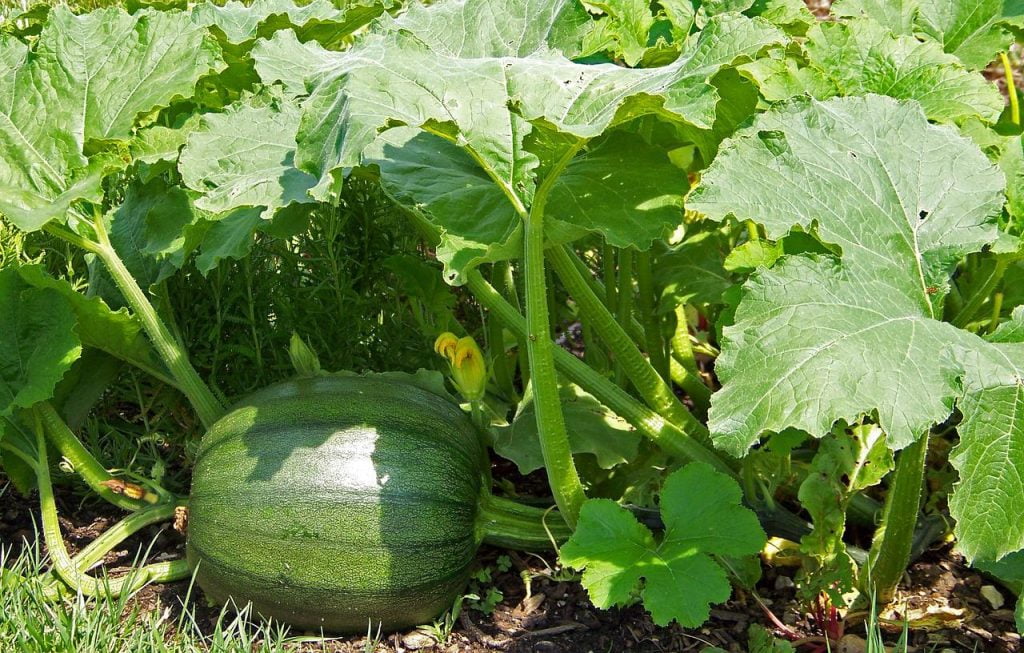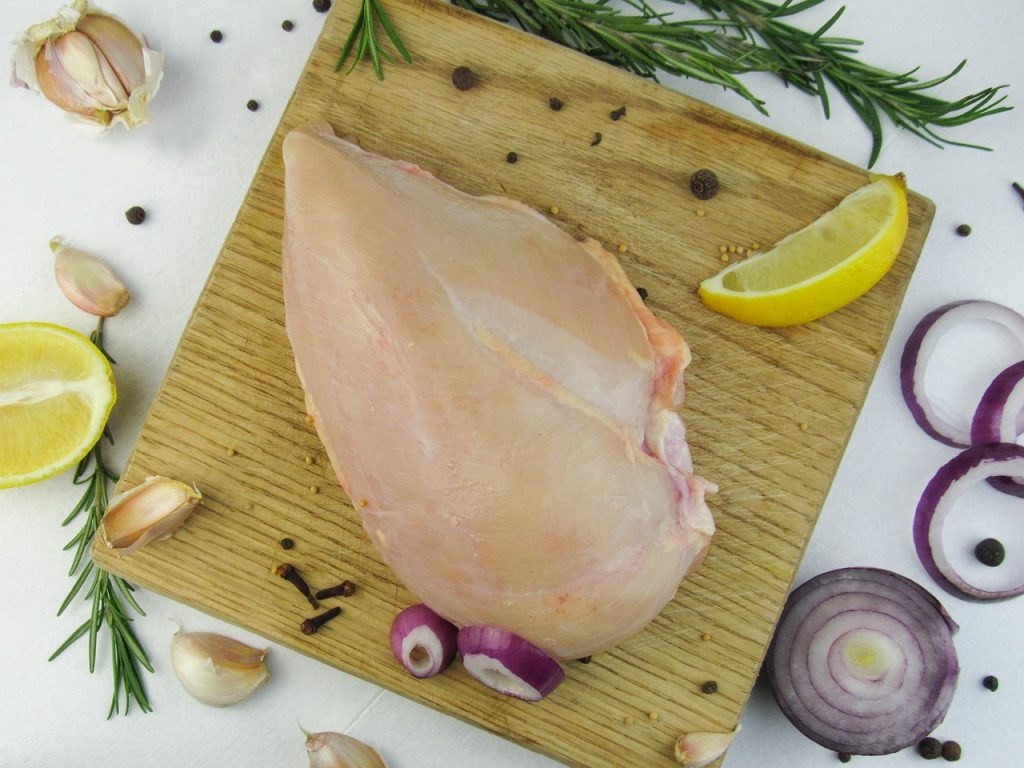Beef, a culinary mainstay, has captured the hearts and taste buds of individuals worldwide. Its rich flavor, versatility, and nutritional value have cemented its position as a staple in kitchens across cultures. While supermarkets offer a convenient and accessible source of beef, the origins and quality of these products often remain shrouded in mystery. Venturing beyond the familiar confines of the supermarket unveils a realm of unparalleled quality, flavor, and ethical practices – the world of farm fresh beef. This comprehensive guide will equip you with the knowledge and resources to navigate this exciting domain, empowering you to make informed decisions and savor the true essence of beef.
Sourcing Farm Fresh Beef: A Journey of Discovery
The quest for farm-fresh beef begins with identifying reputable sources. This journey involves delving into the world of local farms, farmers’ markets, and specialty butcher shops, each offering unique insights and connections to the world of premium beef.
Local Farms and Ranches: Embracing Sustainable Practices
Establish connections with local farms and ranches that prioritize sustainable practices, animal welfare, and humane treatment. These producers often offer direct-to-consumer sales, allowing you to interact with the farmers, gain firsthand insights into their operations, and witness their dedication to raising healthy, well-cared-for cattle.
Farmers’ Markets and CSAs: Immersing in Vibrant Communities
Immerse yourself in the vibrant atmosphere of farmers’ markets, where you can converse with local producers, sample their offerings, and experience the passion they pour into their craft. Consider joining a Community Supported Agriculture (CSA) program, where you subscribe to a share of the farm’s harvest, ensuring a consistent supply of fresh beef and a connection to the land and its stewards.
Specialty Butcher Shops: Guided by Expertise
Seek out specialty butcher shops that specialize in high-quality, ethically sourced beef. These establishments often employ experienced butchers who can guide you through the selection process, provide expert advice on cooking techniques, and share their knowledge of the nuances of different cuts.
Selecting Farm-Fresh Beef: A Discerning Eye
With your trusted sources identified, the next step is to embark on the selection process. This involves understanding the visual cues and characteristics that distinguish premium beef from its supermarket counterparts.
Color and Marbling: The Hallmarks of Quality
Fresh beef should exhibit a vibrant red color, devoid of excessive browning or grayish hues. Marbling, the evenly distributed streaks of fat within the muscle fibers, is a hallmark of tender, flavorful beef. Ample marbling indicates that the animal has been well-fed and properly raised, allowing the intramuscular fat to develop, enhancing the meat’s texture and richness.
Texture and Aroma: A Sensory Symphony
The texture of fresh beef should feel firm and elastic to the touch, not mushy or overly soft. A fresh, pleasant aroma indicates proper handling and storage, free from off-putting odors that could signal spoilage or improper aging.
Cut and Quality: Unveiling Culinary Potential
Familiarize yourself with the different cuts of beef, each with its unique characteristics and culinary applications. Consider the desired cooking method and the number of servings when making your selection. For instance, tenderloin steaks are ideal for quick grilling or pan-searing, while chuck roasts are perfect for slow braising or stewing.
Savoring Farm-Fresh Beef: A Culinary Symphony
With your prized farm-fresh beef in hand, it’s time to elevate your culinary experience. Here are some essential tips to ensure that your beef is cooked to perfection and its flavors are fully realized.
Proper Storage: Preserving Freshness
Store your beef in the coldest part of the refrigerator, ideally at 40°F or below. This temperature range inhibits bacterial growth and preserves the meat’s freshness. If freezing is necessary, wrap the meat tightly in freezer-safe packaging to prevent freezer burn and maintain its quality during long-term storage.
Thawing Techniques: A Gentle Approach
Thaw frozen beef gradually in the refrigerator or under cold running water. Avoid thawing at room temperature, which can promote bacterial growth and compromise the meat’s texture. Slow and gentle thawing ensures even temperature distribution and optimal flavor retention.
Cooking Methods: Unlocking Flavor Profiles
Explore various cooking methods to unleash the full potential of your beef. Roasting, grilling, pan-searing, and braising are all excellent techniques for different cuts. Each method imparts unique flavors and textures, allowing you to tailor the cooking process to your taste preferences and the characteristics of the specific cut.
Seasoning and Sauces: Enhancing Natural Flavors
Enhance the natural flavors of your beef with simple seasonings, such as salt, pepper, and herbs. Allow the meat’s inherent richness to shine through rather than a unflavored one. Elevate your culinary creations by understanding the interplay between seasoning, sauces, and the inherent flavors of farm-fresh beef.
Seasoning: A Symphony of Simplicity
Employ salt and pepper as the foundation of your seasoning, allowing the natural flavors of the beef to take center stage. Salt enhances the meat’s sweetness and umami notes, while pepper adds a subtle complexity and depth of flavor. Fresh herbs, such as rosemary, thyme, or sage, can complement specific cuts and add a touch of earthiness or aromatic nuance.
Sauces: Complementing, Not Overpowering
Reserve sauces for complementing the natural flavors of beef, rather than masking them. A classic pan sauce, made with deglazed pan juices, butter, and aromatics, provides a rich and flavorful accompaniment without overpowering the meat. For braised dishes, a red wine reduction or a demi-glace adds depth and complexity without overwhelming the beef’s inherent character.
Cooking to Perfection: Unveiling Culinary Gems
Mastering the art of cooking farm-fresh beef requires an understanding of cooking techniques and their impact on the meat’s texture and flavor.
Precision and Timing: The Keys to Success
Precise cooking temperatures and timings are crucial for achieving the desired level of doneness. Use a meat thermometer to ensure internal temperatures align with your preference, whether it’s a rare, medium-rare, medium, or medium-well finish.
Resting: Enhancing Tenderness
After cooking, allow the beef to rest for several minutes before slicing. During this resting period, the muscle fibers relax, allowing the juices to redistribute evenly throughout the meat, resulting in a more tender and flavorful experience.
Beyond the Ordinary: Unleashing Creativity
Venture beyond traditional culinary boundaries and explore innovative ways to incorporate farm-fresh beef into your culinary repertoire.
Global Inspirations: A Culinary Adventure
Embrace global culinary influences and incorporate beef into dishes from diverse cultures. Experiment with Korean barbecue, utilizing thin slices of beef marinated in soy sauce, garlic, and ginger, or explore the rich flavors of Argentine asado, where beef is slow-cooked over an open fire.
Seasonal Delights: A Tapestry of Flavors
Pair your farm-fresh beef with seasonal ingredients to create dishes that showcase the harmony of nature. In autumn, pair roasted beef with earthy root vegetables and aromatic herbs, while in spring, complement grilled beef with fresh asparagus and vibrant greens.
Conclusion: A Culinary Journey
Venturing beyond the supermarket into the world of farm-fresh beef is a journey of culinary discovery, ethical consciousness, and appreciation for the artistry of meat production. By sourcing responsibly, selecting with discernment, and savoring with care, you elevate your dining experience while supporting sustainable agriculture and animal welfare. Embrace the journey, explore the world of farm-fresh beef, and savor the true essence of this culinary gem.
FAQ
Farm-fresh beef should be stored in the coldest part of your refrigerator, at a temperature of 40°F or below. If you need to freeze the beef, wrap it tightly in plastic wrap or butcher paper to prevent freezer burn.
There are a few things to keep in mind when cooking farm-fresh beef. First, don’t overcook the beef! Farm-fresh beef is best cooked to medium-rare or medium. Second, let the beef rest for a few minutes after cooking before slicing. This will allow the juices to redistribute throughout the meat, resulting in a more tender and flavorful experience.




